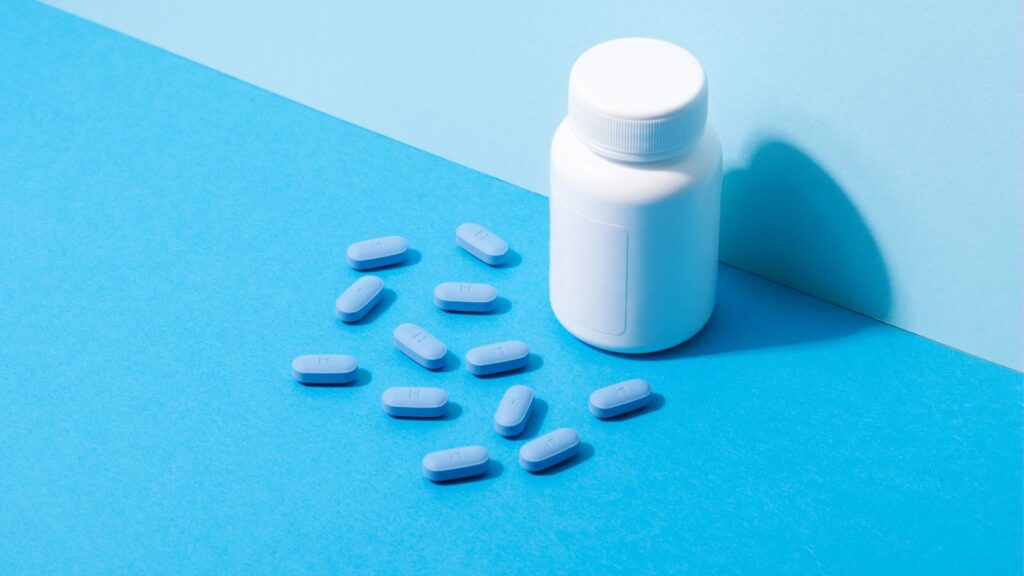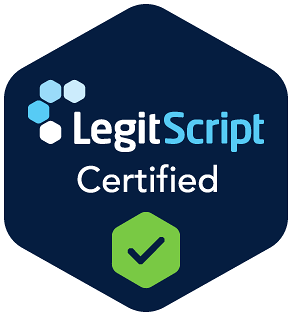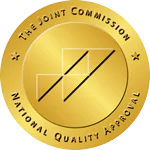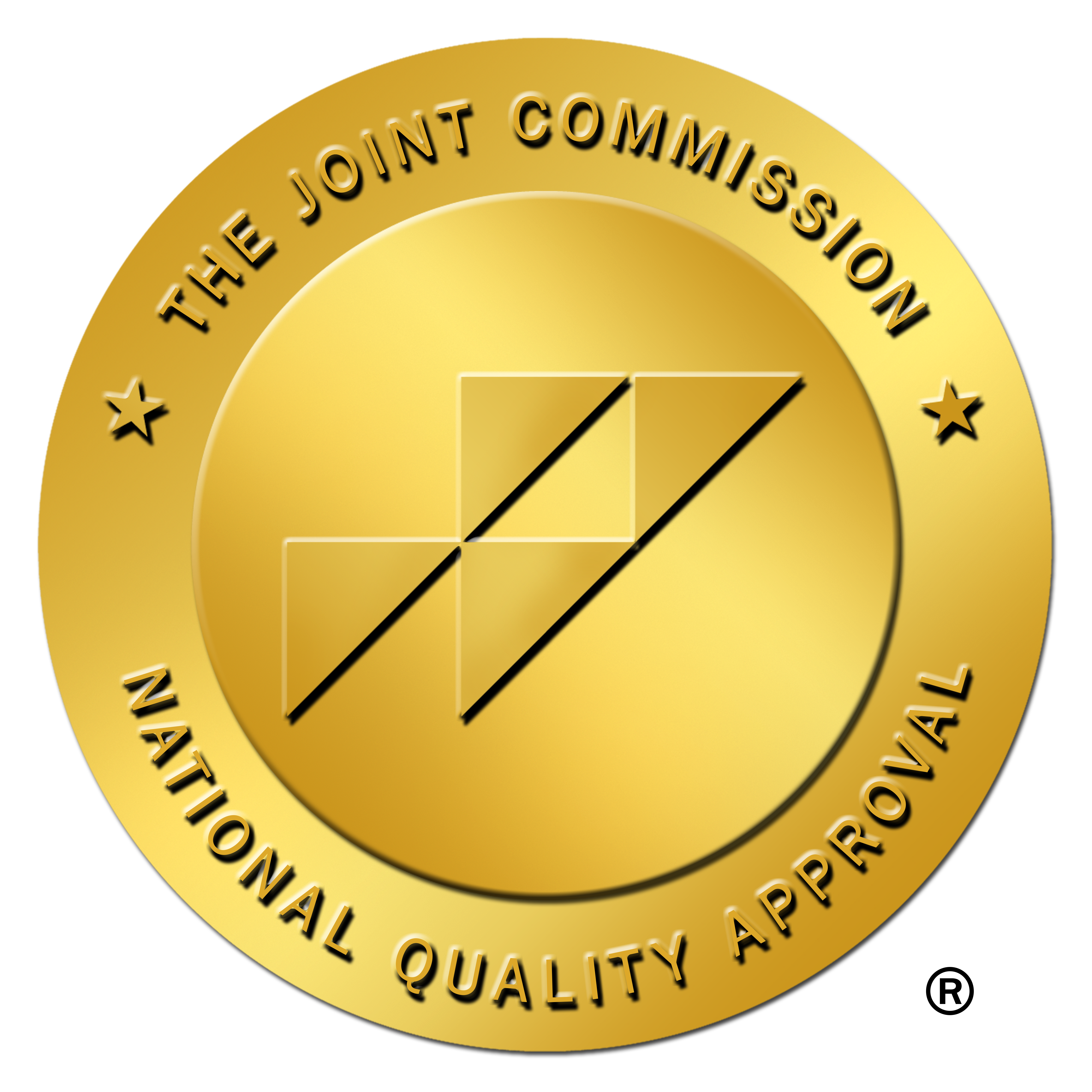Opioid Addiction
Opioid Addiction: Signs, Symptoms, and Treatment
Opioid addiction remains one of the most pressing public health crises in the United States. Often beginning with prescribed medications for severe pain or post-surgical recovery, this chronic brain disease can quickly evolve into a life-altering condition. Whether it starts with prescription opioids or illicit substances like heroin, opioid addiction disrupts not just the body but the mind, daily life, and relationships.
According to the Centers for Disease Control and Prevention (CDC), more than 2.1 million people in the U.S. suffer from opioid use disorder (OUD), and over 80,000 Americans died from an opioid overdose in 2023 alone.[1] These numbers paint a sobering picture—but the good news is, treatment options are available, effective, and continually improving.
In this article, you will learn:
- What are the signs of opioid addiction?
- Does opioid addiction cause withdrawal symptoms?
- What is the most effective treatment service for opioid addiction?
Next Life Recovery offers comprehensive opioid addiction treatment in
Understanding Opioid Addiction
Opioid addiction, also referred to as opioid use disorder, is a medical condition that involves a problematic pattern of opioid use, leading to significant impairment or distress. It is classified as a chronic brain disease because it alters the brain’s reward, motivation, and memory systems.
Opioids bind to receptors in the brain and spinal cord, reducing pain signals and often producing a euphoric effect. This feeling can create a strong desire to continue taking opioids, even in the face of negative consequences. Over time, this pattern may lead to tolerance (needing more of the drug for the same effect) and dependence, where stopping the drug causes uncomfortable or dangerous withdrawal symptoms.

Signs and Symptoms of Opioid Addiction
Recognizing opioid addiction early can dramatically improve outcomes. Here are some common signs and behaviors related to opioid misuse:[2]
- Increased tolerance to the effects of opioids
- Withdrawal symptoms when opioids are not taken
- Loss of control over drug use
- Spending significant time obtaining, using, or recovering from opioid use
- Neglecting responsibilities at work, school, or home
- Continued use despite health problems or social consequences
- Engaging in risky behaviors to obtain opioids (e.g., doctor shopping or buying drugs illegally)
- Shallow breathing, slurred speech, or drowsiness
- Sudden changes in behavior, mood swings, or irritability
These signs often evolve gradually, making them harder to detect in the early stages. Loved ones may notice changes in a person’s daily life, relationships, or physical appearance before the individual acknowledges a problem.
Opioid Withdrawal Symptoms
Opioid withdrawal can be intensely uncomfortable, often driving individuals to continue using just to avoid withdrawal symptoms. These symptoms can begin within 6-12 hours of the last dose and include:[3]
- Muscle aches
- Restlessness
- Anxiety
- Insomnia
- Sweating
- Abdominal cramping
- Diarrhea
- Nausea and vomiting
- Elevated heart rate and blood pressure
While opioid withdrawal is rarely life-threatening, the mental and physical distress can be severe and require professional help to manage safely. Professional opioid and opiate detox is necessary to safely overcome withdrawal.
The Role of Prescription Opioids
Many cases of opioid addiction begin with prescribed medications like oxycodone, hydrocodone, or morphine. These drugs are essential in pain relief, especially after a major injury, surgery, or for disease control in cancer patients. However, prolonged or inappropriate use increases the risk of substance abuse.
When used beyond the prescribed period or in higher doses, prescription opioids can pave the way to opioid misuse and, eventually, addiction. This underlines the importance of monitoring, clear communication between patients and providers, and considering non-opioid alternatives for chronic pain when possible.
Overdose Risk and Prevention
An opioid overdose occurs when too much of the drug overwhelms the body’s systems, often resulting in shallow breathing, unconsciousness, and potentially overdose death.[4] Risk factors include high doses, mixing opioids with other depressants (like alcohol or benzodiazepines), and a return to use after a period of abstinence, which lowers tolerance.
Naloxone, a life-saving medication, can reverse the effects of an opioid overdose if administered promptly. It’s available without a prescription in many states and is a vital tool in prevention efforts.
Evidence-Based Treatment for Opioid Addiction
Treating opioid addiction isn’t about willpower—it’s about comprehensive care. The most effective treatment plans combine medications, behavioral therapies, and support services tailored to the individual.
Medications for Opioid Use Disorder
Three FDA-approved medications form the foundation of medication-assisted treatment (MAT):[5]
- Methadone: A long-acting opioid agonist that reduces cravings and withdrawal without producing a high.
- Buprenorphine: A partial opioid agonist that lowers the risk of misuse and can be prescribed in office-based settings.
- Naltrexone: An opioid antagonist that blocks the euphoric effects of opioids. Best for individuals who have fully detoxed.
These medications for opioid use are proven to reduce relapse, support long-term recovery, and lower the risk of overdose death.

Behavioral Therapies and Support Services
While medications address the physiological aspects of addiction, behavioral therapies target the psychological and emotional components.
Effective approaches include:
- Cognitive Behavioral Therapy (CBT): Helps individuals recognize and change harmful thought patterns and behaviors.
- Motivational Enhancement Therapy (MET): Increases a person’s motivation to engage in treatment and change behavior.
- Contingency Management: Provides tangible rewards for positive behaviors, such as clean drug tests.
- Intensive Outpatient Treatment (IOP): Offers structured therapy several times a week while allowing clients to live at home.
- Counseling and mental health services: Address co-occurring conditions like depression, anxiety, or trauma.
Support groups like Narcotics Anonymous or recovery programs connected to mental health services administration agencies also play a significant role in sustaining long-term recovery.
If you are looking for professional addiction treatment in Ohio, you want to choose the best rehab. To do so, make sure the program offers all of the services mentioned above. This way, you’ll receive every evidence-based opioid addiction recovery method you’ll need to achieve successful sobriety.
Recovery Is a Journey, Not a Destination
Opioid addiction is not a failure of character—it’s a medical condition that requires evidence-based care, compassion, and sustained effort. Relapse is not uncommon and should be seen not as a setback but as a signal to adjust the treatment plan.
Successful recovery from opioid addiction often involves:
- Ongoing addiction medicine support
- Relapse prevention strategies
- Peer support
- Access to treatment services
- Stable housing and employment assistance
- Family involvement
Everyone’s recovery journey looks different, but with the right combination of tools, healing is possible.
Get Connected to Professional Treatment for Opioid Use Disorder in Ohio
Opioid addiction affects millions of individuals and families across the country, cutting across every demographic. But treatment for opioid addiction is more effective today than ever before. Through medication-assisted treatment, behavioral therapies, and ongoing support, recovery is not just possible—it’s probable.
If you or someone you love is struggling with opioid use, contact Next Life Recovery in Ohio today. Our opioid rehab programs in Cincinnati can help you overcome opioid addiction and regain control over your life.
FAQ: Opioid Addiction – What Else Should You Know?
1. Can someone become addicted to opioids even if they follow a prescription exactly?
Yes. Even when taken as prescribed, opioids can cause physical dependence. The risk increases with prolonged use, high doses, or genetic predisposition. It’s important for patients to work closely with their healthcare providers and reassess pain management strategies regularly.
2. Is it possible to detox from opioids at home?
While some people attempt home detox, it’s generally not recommended. Withdrawal symptoms can be severe and may lead to relapse or medical complications. A supervised detox setting provides medical support and increases the likelihood of transitioning into effective treatment.
3. What are non-opioid alternatives for pain management?
Non-opioid options include physical therapy, cognitive behavioral therapy, acupuncture, anti-inflammatory medications, nerve blocks, and other integrative approaches. For chronic pain, multi-modal strategies that combine physical, psychological, and pharmacologic tools are often more effective long-term.
4. How do I talk to a loved one who may be struggling with opioid use?
Approach them with empathy, not judgment. Use open-ended questions, express concern without blame, and offer support in finding treatment. Educate yourself beforehand so you’re prepared to discuss options and listen without trying to “fix” everything in one conversation.
5. Are treatment programs covered by insurance?
Many insurance plans, including Medicaid and Medicare, offer coverage for opioid addiction treatment, including medication-assisted treatment, counseling, and inpatient or outpatient services. Check with your provider, and explore state and federal assistance programs if needed.
6. How long does opioid addiction treatment typically last?
There’s no one-size-fits-all timeline. Some individuals benefit from short-term treatment, while others need long-term maintenance with medications like buprenorphine or methadone. The key is individualized care, ongoing monitoring, and support throughout the recovery process.
References:
- Centers for Disease Control and Prevention (CDC): Treatment for Opioid Use Disorder: Population Estimates — United States, 2022
- The National Library of Medicine (NLM): Opioid Use Disorder: Evaluation and Management
- Wiley Online Library: Opioid withdrawal symptoms, a consequence of chronic opioid use and opioid use disorder: Current understanding and approaches to management
- The New England Journal of Medicine: Prevention of Opioid Overdose
- The Food and Drug Administration (FDA): Information about Medications for Opioid Use Disorder (MOUD)






